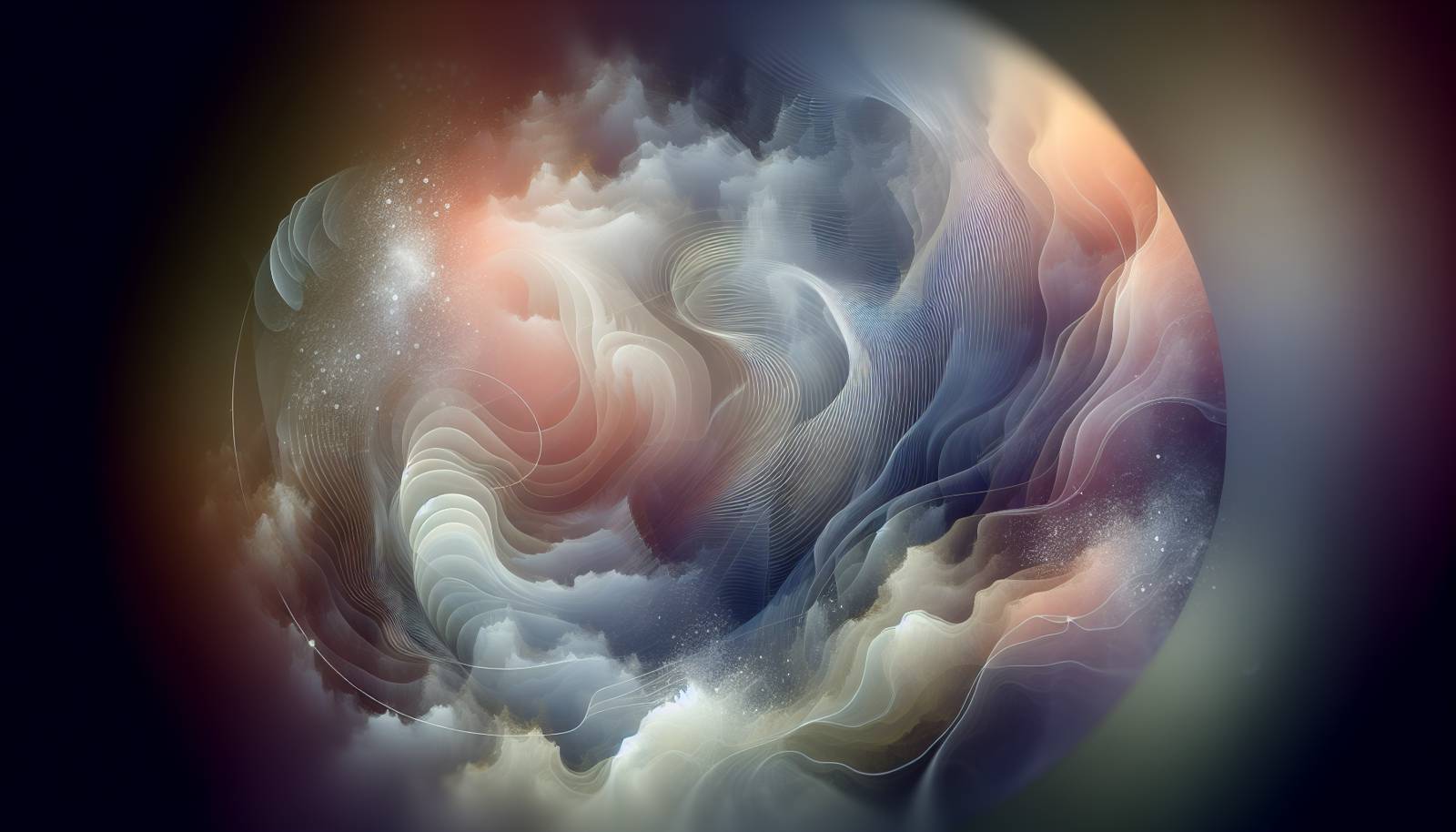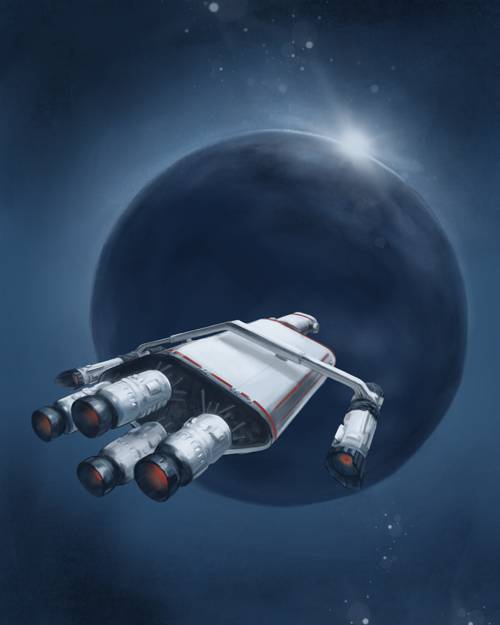
FAQ About Impact of Science Fiction in Visual Arts

What is the relationship between science fiction and visual arts?
Science fiction and visual arts share a symbiotic relationship where each influences the other. Science fiction provides rich, futuristic narratives and imaginative worlds that serve as inspiration for visual artists. Artists, in turn, bring these abstract concepts to life through various mediums such as paintings, films, and digital arts. This interplay enriches both fields, allowing audiences to visualize and experience otherworldly ideas and possibilities.

How has science fiction influenced modern visual arts?
Science fiction has profoundly influenced modern visual arts by expanding the horizons of creativity and imagination. It has introduced innovative concepts, such as alien landscapes, advanced technology, and dystopian settings, which challenge artists to think beyond conventional boundaries. This influence is evident in various art forms, including cinema, where special effects and visual designs contribute to creating immersive worlds, and in digital art, which often features futuristic themes and digital environments.

Can you give examples of science fiction themes in visual arts?
Science fiction themes are prevalent in visual arts, manifesting in various forms such as alien worlds, space exploration, and futuristic cities. For example, the iconic imagery of space travel in films like "2001: A Space Odyssey" and "Star Wars" showcases advanced technology and expansive galaxies. Comic books often depict heroes battling in dystopian futures or alternate realities. Digital artists frequently explore themes like artificial intelligence and virtual reality, pushing the boundaries of what's visually possible.

How do visual artists interpret science fiction stories?
Visual artists interpret science fiction stories by translating written narratives into visual spectacles. They use their creativity to materialize abstract ideas into tangible art forms, such as illustrations, digital renderings, or movie sets. These interpretations require blending imaginative elements with a sense of realism to make the fantastical believable. By doing so, artists make complex sci-fi narratives accessible and captivating to a broader audience, often focusing on symbolic imagery, mood, and innovative design.

What role does technology play in creating sci-fi visual arts?
Technology plays a crucial role in creating sci-fi visual arts by providing tools that expand artistic possibilities. Advances in digital design software, computer graphics, and virtual reality allow artists to create highly detailed and realistic representations of science fiction concepts. Moreover, cinematography uses cutting-edge visual effects to bring dynamic and immersive sci-fi scenes to life. As technology continually evolves, it enables artists to explore new dimensions and push the limits of visual storytelling.

Are there famous visual artists known for their science fiction works?
Several visual artists are renowned for their contributions to science fiction works. H.R. Giger, known for his work on the "Alien" franchise, created iconic and unsettling extraterrestrial designs. Syd Mead, a futurist designer, contributed to films like "Blade Runner" and "Tron," bringing futuristic visions to the screen. These artists, along with many others, have defined the aesthetic of science fiction in visual arts, inspiring countless future creators.

What mediums are commonly used to depict science fiction in visual arts?
Common mediums used to depict science fiction in visual arts include film, digital art, illustration, painting, and sculpture. Each medium offers unique capabilities—film presents dynamic storytelling through motion and special effects, while digital art allows for intricate details and realism. Illustration and painting rapidly convey imaginative concepts, often with a unique personal style, while sculpture can transform sci-fi figures and settings into tangible forms, providing a three-dimensional perspective.

How does science fiction in visual arts challenge traditional art forms?
Science fiction in visual arts challenges traditional art forms by pushing the boundaries of what is considered typical or possible. It employs avant-garde techniques to portray concepts like futuristic technologies and abstract dimensions that defy the conventions of realism and classical composition. This genre encourages experimentation and innovation, allowing artists to break norms with unconventional materials, new technologies, and imaginative subject matter that redefine artistic expression.

What impact has science fiction had on visual storytelling?
Science fiction has had a significant impact on visual storytelling by providing unique narratives and pioneering visual techniques used by artists and filmmakers. It has introduced elements like time travel, alternate realities, and speculative technology into mainstream visual culture. By offering captivating and thought-provoking stories, science fiction demands creative visual interpretations that routinely revolutionize how stories are visually told and perceived, pushing viewers to explore new horizons of imagination and understanding.

What is the significance of sci-fi visual arts in modern culture?
Science fiction visual arts hold great significance in modern culture by shaping our understanding of technology, the future, and social issues. They influence how individuals envision tomorrow and react to current technological advancements. Through compelling scenarios and captivating images, sci-fi visual arts provoke thought about ethical considerations, such as artificial intelligence and environmental sustainability, encouraging society to reflect on potential futures and prepare for emerging challenges.

Are science fiction visuals often used in advertising and media?
Yes, science fiction visuals are frequently used in advertising and media as they capture attention and convey innovation. Brands leverage futuristic designs and concepts to position themselves as cutting-edge, appealing to consumers who associate science fiction imagery with progress and technology. This trend is evident in advertising campaigns for tech products, where sleek, futuristic visuals are employed to suggest advancement and superiority.

How do science fiction films use visual arts to enhance their narrative?
Science fiction films use visual arts to enhance their narrative by creating believable and extraordinary environments that transport viewers to different worlds. Cinematic techniques like set design, costume creation, CGI, and lighting form the cornerstone of sci-fi storytelling. Detailed visual elements support narrative themes and add depth, allowing films to vividly illustrate future possibilities, thereby immersing audiences in the story and making intricate concepts accessible and engaging.

What is the role of concept art in science fiction media?
Concept art plays a vital role in science fiction media by laying the groundwork for visual narratives. It helps visualize and refine the backdrop, characters, and technological designs that set the tone and style of the production. Through sketches and digital illustrations, concept artists bring the director's vision to life, ensuring consistency and cohesiveness in the artistic direction, which is crucial for immersive and believable storytelling in science fiction media.

Can science fiction in visual arts address social themes?
Absolutely, science fiction in visual arts often addresses social themes such as race, identity, technology, and environmental issues. Through allegory and metaphor, sci-fi visuals challenge viewers to scrutinize societal norms and consider alternate possibilities. For instance, films like "District 9" and "Ex Machina" explore themes of segregation and artificial intelligence ethics, using science fiction settings and narratives to make commentary on contemporary societal concerns.

How are dystopian themes in visual arts influenced by science fiction?
Dystopian themes in visual arts are heavily influenced by science fiction, often reflecting fears about future societal developments and technological misuse. Science fiction offers creative scenarios that depict these themes, showcasing rigid class divides, oppressive governments, and environmental devastation. Visual artists leverage these narratives to create compelling works that provoke thought about current trends and inspire discussion about how society can avoid or adapt to potential dystopian futures.

Do science fiction visual arts influence video game design?
Science fiction visual arts significantly influence video game design by providing rich worlds and advanced technological concepts. Video games often incorporate sci-fi elements like futuristic cities, alien characters, and speculative technologies, creating immersive experiences for players. Titles like "Mass Effect" and "Cyberpunk 2077" showcase the integration of sci-fi visuals where artistic design directly affects gameplay, narrative development, and player engagement.

What are cyberpunk visuals and how do they relate to science fiction?
Cyberpunk visuals are a sub-genre of science fiction that blend advanced technological elements with dystopian settings, often characterized by high-tech and low-life images. Iconic depictions include neon-lit cityscapes, corrupt corporations, and cybernetically enhanced individuals. This aesthetic reflects themes of rebellion and societal decay, making it integral to science fiction's exploration of future realities. Such visuals influence various forms of visual arts, from films to graphic novels, evoking thought about the consequences of technological progress.

In what ways does science fiction in visual arts inspire technological innovation?
Science fiction in visual arts inspires technological innovation by envisioning future possibilities that can motivate real-world advancements. It challenges engineers and scientists to transform imaginative concepts into reality, such as AI, virtual environments, and space exploration technologies. The art's ability to depict futuristic gadgets and infrastructures serves as a creative stimulant, often pushing technology firms to explore uncharted territories to achieve the visionary designs portrayed in sci-fi art.

How has science fiction visual arts evolved over time?
Science fiction visual arts have evolved over time by incorporating new technologies and responding to changing societal values. Early sci-fi art often focused on space exploration and alien encounters, using traditional painting and illustration. With advancements in digital technology, sci-fi visuals now depict complex virtual realities, elaborate CGI, and detailed animations. The genre's evolution reflects ongoing dialogue about future challenges and aspirations, with each era's art representing its vision of possible futures.

What future trends are expected in science fiction visual arts?
Future trends in science fiction visual arts include increased integration of augmented reality and virtual reality, providing immersive experiences that blend real and fictional worlds. Additionally, there’s a growing focus on environmentally conscious futures, exploring sustainability through artistic expression. As technology continues to advance, we can expect even more realistic depictions of highly complex and speculative environments that challenge artists to continually innovate and redefine the conceptions of science fiction.
